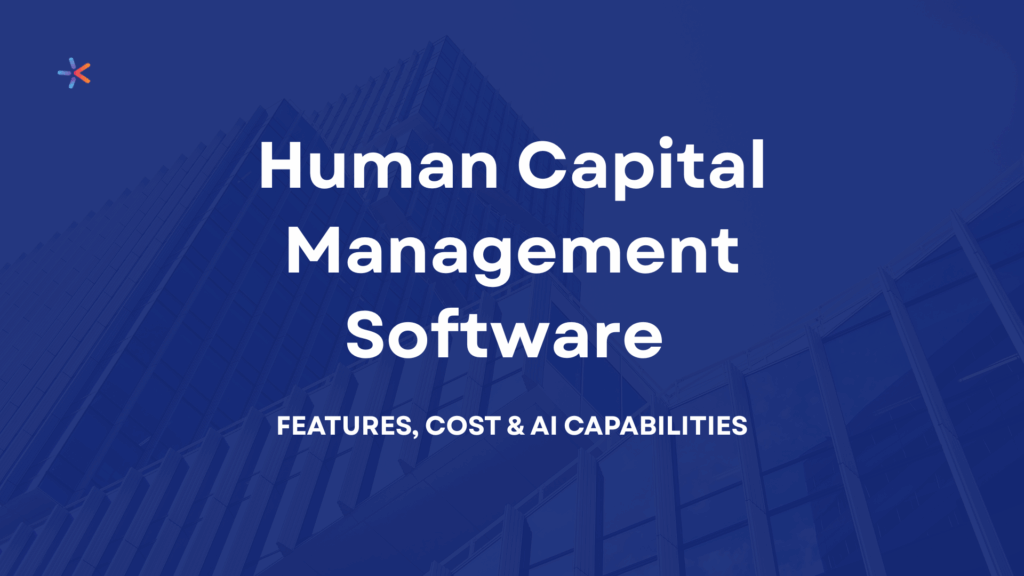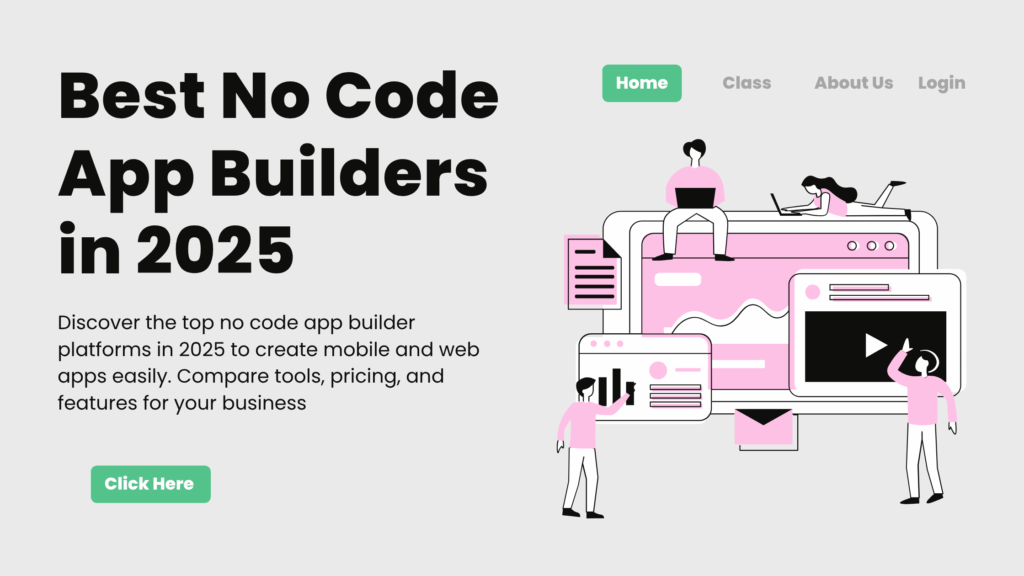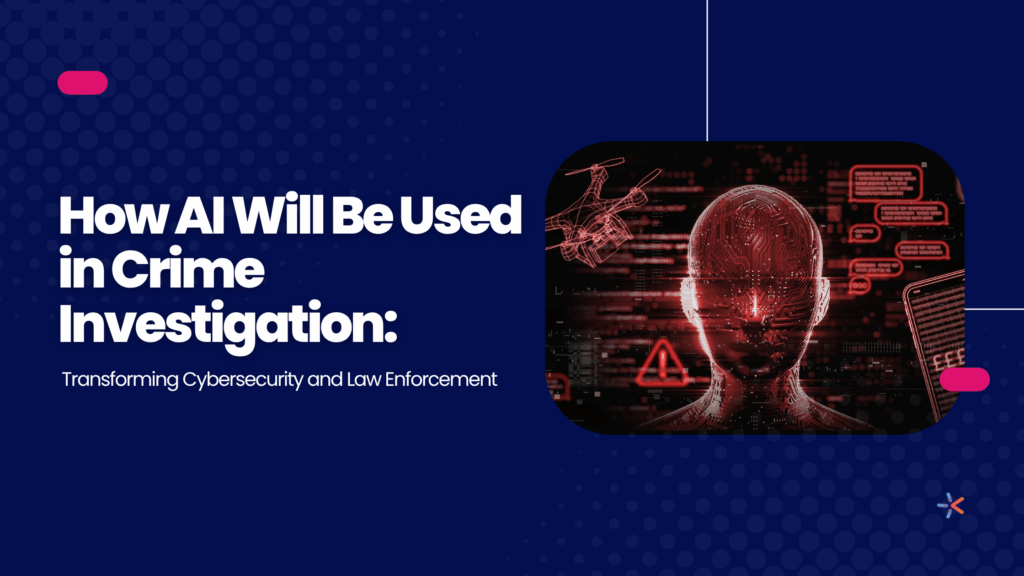Human Resource Management has transformed from a documentation-driven function into a strategic business pillar. Today, organizations need more than payroll or attendance management—they need smart, connected, and AI-enabled systems that support talent development, employee engagement, workforce analytics, and long-term business growth. This is where Human Capital Management software (HCM software) plays a crucial role.
In this comprehensive guide, we break down why businesses need HCM platforms, when to implement them, core features, the role of AI, development steps, cost estimations, challenges, monetization models, and how companies like Codevian Technologies deliver scalable HCM solutions.
1. Why Modern Organizations Need HCM Software
Traditional HR systems focused on basic functions—attendance, payroll, and recordkeeping. However, the modern business environment demands tools that support workforce strategy, productivity, and employee experience.
1. Centralized Workforce Data for Smarter Decisions
A modern HCM software consolidates all HR data—employee profiles, payroll, performance, attendance, and compliance—into a unified platform. HR teams no longer struggle with scattered spreadsheets or multiple unconnected tools.
2. Automation for Higher Efficiency
Manual HR processes create delays, errors, and inefficiency. HCM software automates workflows like leave approval, payroll calculation, onboarding, and performance reviews—allowing HR professionals to focus on strategic work.
3. Real-Time Analytics for Talent Strategy
HCM software offers dashboards and insights for decision-making:
Performance insights
Attrition prediction
Skill gaps
Productivity trends
Organizations can now make data-driven HR decisions.
4. Integration of Advanced Technologies
Modern platforms integrate AI, machine learning, IoT, cloud computing, and predictive analytics to transform HR operations. These technologies significantly improve automation, forecast workforce needs, and enhance employee engagement.
5. Growing Market Demand
According to industry projections, the global HCM software market is expected to reach USD 41.3 billion by 2029. This rapid adoption highlights the increasing importance of advanced HR technology.
2. When Should an Organization Implement an HCM System?
Not every business starts with an HCM system, but several signals indicate it’s time.
1. Rapid Workforce Growth
As employee strength grows, manual HR processes crumble. An HCM platform scales easily across departments, units, and locations.
2. Fragmented HR Systems
If payroll, attendance, recruitment, and performance tools are disconnected, inefficiencies arise. A unified HCM system eliminates silos.
3. Compliance & Legal Challenges
Labor laws, tax rules, and audit requirements frequently change. HCM software ensures adherence through automated updates, audit logs, and secure documentation.
4. Payroll Errors or Delays
Frequent miscalculations or slow payroll cycles indicate a need for automation.
5. Data-Driven Insights Are Missing
Leadership requires accurate analytics for retention, performance, and workforce planning. HCM tools deliver these insights instantly.
6. Poor Employee Experience
Lack of self-service access for payslips, attendance, leave, and communication affects employee satisfaction. HCM systems significantly improve transparency and user experience.
3. Core Features of Human Capital Management Software
A well-built custom HCM software includes the following essential modules:
1. Employee Records Management
Maintains centralized employee data:
Personal info
Contracts and documents
Organizational structure
Departmental hierarchy
2. Recruitment & Onboarding
Streamlines hiring with:
Applicant Tracking System (ATS)
Resume parsing
Job posting automation
Digital onboarding
E-signature support
3. Payroll & Compensation
Automates salary processing, tax compliance, bonuses, reimbursements, and financial reporting.
4. Time & Attendance Management
Tracks:
Shift scheduling
Overtime
Leave requests
Biometric/IoT attendance
Geo-fencing for remote workers
5. Employee Self-Service Portal
Allows employees to:
Update details
View payslips
Apply for leave
Check attendance
Access documents
6. Compliance & Audit Management
Ensures compliance with employment regulations using:
Automated policy updates
Audit trails
Document tracking
4. Benefits of Building a Custom HCM Solution
Building a custom solution—rather than purchasing an off-the-shelf HR software—provides multiple business advantages.
1. Tailored Workflows
Every organization has unique HR processes. A custom HCM system aligns perfectly with existing workflows.
2. Seamless Integration
Custom systems integrate effortlessly with ERP, CRM, payroll, attendance devices, and project management tools.
3. Scalability
The system grows with the business—supporting:
Multi-location operations
New modules
Increasing users
Expanded departments
4. Superior Employee Experience
Custom UI/UX enhances self-service, productivity, and transparency.
5. Efficient Payroll & Compliance
Automated compliance reduces risks and eliminates repetitive manual tasks.
6. Better Decision-Making
Real-time analytics enable leaders to forecast hiring needs, predict turnover, and improve performance management.
7. Enhanced Security
Custom systems allow enterprise-grade security:
Encryption
Access-based controls
Role-specific permissions
8. Competitive Advantage
A well-built HCM system becomes a strategic asset, providing better operational efficiency and employee satisfaction.
5. Role of AI in Modern HCM Systems
AI has become a core component of modern HR technology.
1. Natural Language Processing (NLP)
Used for:
Resume parsing
Chatbots
Sentiment analysis
Automatic communication
2. Robotic Process Automation (RPA)
Eliminates repetitive tasks in:
Payroll processing
Attendance approval
Leave requests
Document generation
3. Predictive Analytics
Helps forecast:
Employee turnover
Skills demand
Performance outcomes
Hiring requirements
4. Machine Learning (ML)
Improves:
Learning recommendations
Performance review automation
Personalized career paths
5. AI-Based Recruitment Tools
Match candidates based on:
Skills
Experience
Culture fit
AI significantly boosts hiring accuracy and reduces time-to-hire.
6. Development Process for Building HCM Software
Building a fully functional Human Capital Management software requires a systematic and strategic approach.
1. Requirement Analysis
Involves gathering inputs from HR teams, management, and department heads.
2. System Design
Includes:
Architecture planning
Data models
Workflow design
UI/UX mockups
Security planning
API planning
3. Development & Customization
Coding core modules such as:
Recruitment
Payroll
Attendance
Performance
Employee self-service
Dashboards
Notifications
4. Integration
Connecting the HCM system with:
ERP
CRM
Accounting tools
Attendance devices
Third-party APIs
5. Testing
Multiple testing cycles:
Functional
Security
Integration
UAT (User Acceptance Testing)
6. Deployment
Phased rollout is recommended—starting with a pilot.
7. Maintenance & Support
Includes:
Bug fixing
Module updates
Policy changes
Server management
8. Scaling
Adding AI, analytics, mobile features, or new HR modules as needed.
7. Cost of Building a Custom HCM Software
The cost depends on features, customization, and system complexity.
Key Cost Factors
Feature scope
Technology stack
Integration requirements
Company size
Compliance needs
UI/UX quality
Deployment model
Maintenance
Estimated Cost Ranges
| Type of HCM System | Cost (USD) |
|---|---|
| Basic (Payroll, Records, Leave) | $30,000 – $60,000 |
| Intermediate (Recruitment, Onboarding, Performance) | $60,000 – $150,000 |
| Advanced (AI, multi-location, complex integrations) | $150,000 – $300,000 |
Large enterprises may exceed $300,000 depending on scale.
Plan Your Next-Gen HCM System with Confidence
Our experts will analyze your HR challenges and provide a custom HCM solution strategy—covering features, integrations, AI modules, and cost estimation.
8. Monetization Models for HCM Platforms
If you’re building an HCM product for commercial use, there are several monetization options.
1. Subscription Model (SaaS)
Recurring monthly or annual fees.
2. Per-Employee Pricing
Charges based on active employees. Popular for scaling businesses.
3. Tiered Feature Plans
Basic
Standard
Enterprise
4. One-Time License + Support
Suitable for large enterprises requiring full ownership.
9. Challenges in HCM Implementation & Solutions
1. Employee Resistance
Solution:
Workshops, training, early involvement of HR.
2. Data Migration Issues
Solution:
Phased migration, testing, clean-up.
3. Integration Problems
Solution:
API-first design and middleware integration.
4. Security Vulnerabilities
Solution:
Encryption, role-based access, compliance auditing.
10. Why Partner with Codevian Technologies for HCM Development
Codevian Technologies specializes in building scalable, AI-powered, and custom HCM software tailored for startups, SMEs, and enterprises. Their expertise includes:
End-to-end HCM development
Cloud-based HR systems
AI-driven HR automation
Payroll & compliance automation
Employee self-service portals
Advanced analytics dashboards
Ongoing maintenance and scaling
Codevian ensures that your HCM solution aligns with your HR strategy, business goals, and growth roadmap.
Conclusion
A modern Human Capital Management software empowers organizations with automation, real-time analytics, and AI-driven decision-making capabilities. From recruiting top talent to improving employee experience and optimizing workforce performance, HCM systems play a transformative role in organizational success.
Whether you’re scaling your business, improving HR workflows, or building an HCM product for commercial use, careful planning, strategic feature selection, and expert development are crucial.
Companies like Codevian Technologies help businesses build custom HCM platforms that are scalable, secure, AI-enabled, and tailored to specific organizational needs.
A well-crafted HCM system is not just an HR tool—it’s a strategic asset that drives growth, productivity, and long-term success.






